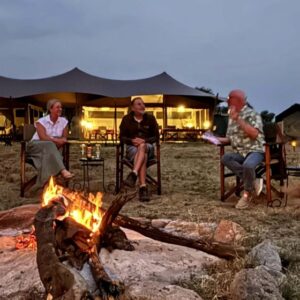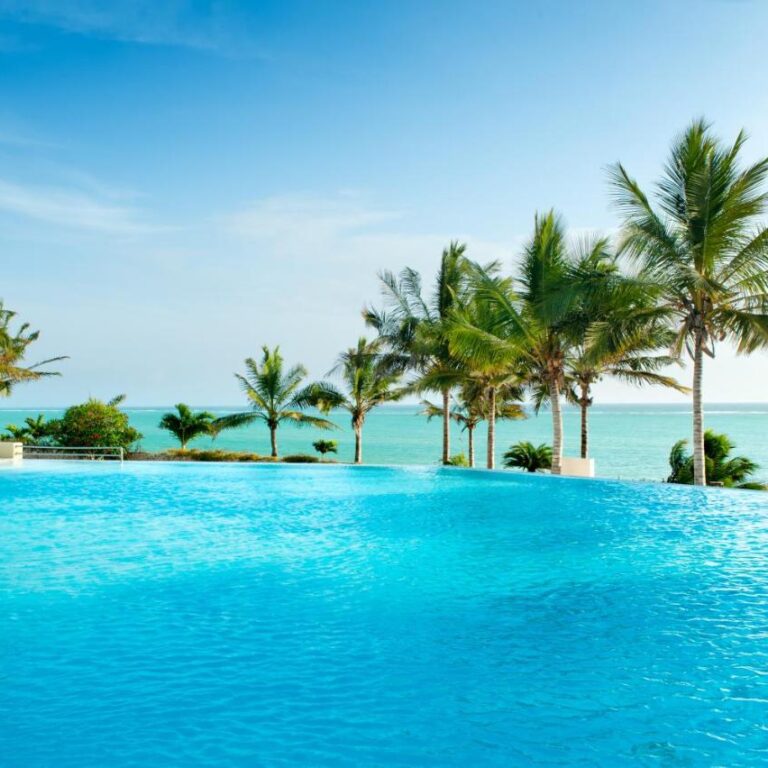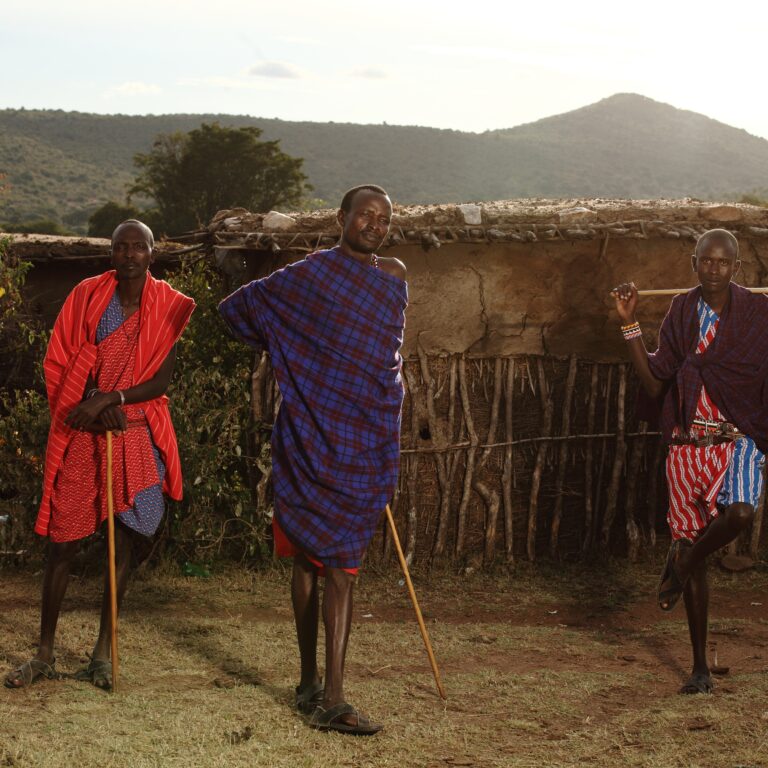Mount Kilimanjaro Training | Kilimanjaro Climb Training.
Standing at 19,341 feet (5,895 meters), Mount Kilimanjaro is the highest mountain in Africa and a dream for adventurers worldwide. But reaching the summit isn’t just about breathtaking views; it requires dedication, preparation, and most importantly, training. Here’s a comprehensive guide to help you conquer Kilimanjaro with a well-designed training program:
Training and Workout Programs for Kilimanjaro. The provided chart serves as a general recommendation. We advise engaging in this training regimen at least 3 to 4 times per week, starting a minimum of 8 weeks before your Kilimanjaro expedition.
How To Perfectly Prepare For Mount Kilimanjaro Climbing:
Embark on a successful Mount Kilimanjaro climb with our comprehensive guide on perfect preparation. Discover essential tips for physical training, gear selection, and acclimatization strategies. From cardio workouts to altitude readiness, ensure you’re equipped mentally and physically for this extraordinary adventure. Conquer Kilimanjaro confidently with our expert insights.
12 Weeks Before Climb: Kilimanjaro Training Program
Embark on a 12-week Kilimanjaro Training Program to conquer Africa’s highest peak. Prioritize cardio with hiking, running, and stair climbing. Strengthen legs with squats and lunges, enhance endurance through prolonged hikes, and improve balance with core exercises. Tailored to the altitude and conditions of Kilimanjaro, this program ensures optimal physical preparedness, making your ascent an exhilarating and successful adventure.
Create a daily training plan and commit to following it consistently. Your journey will progress faster than you anticipate.
- Day 1: Hike/Stairmaster for at least one hour
- Day 2: Light leg workout with weights, or cycling, or jogging
- Day 3: Hike/Stairmaster for at least one hour
- Day 4: Rest
- Day 5: Open day to do any exercise you like
- Day 6: Hike/Stairmaster for at least one hour
- Day 7: Rest
Note: When embarking on hikes or using the Stairmaster, consider starting with a small amount of weight in your daypack.
8 Weeks Before Climb : Kilimanjaro Training Program
Prepare for Kilimanjaro with an 8-week training program. Prioritize cardiovascular workouts like hiking, running, and stair climbing for endurance. Strengthen leg muscles with squats and lunges, enhance core stability through planks and yoga, and gradually increase intensity. Tailor exercises to simulate the climb’s conditions. Consult professionals for personalized guidance. Commit to this program for optimal physical readiness and a successful ascent of Kilimanjaro.
Establish a strong base of endurance and strength by engaging in workouts that are both challenging and enjoyable.
- Day 1: Hike/Stairmaster for at least one hour
- Day 2: Moderate leg workout with weights
- Day 3: Hike/Stairmaster for at least one hour
- Day 4: Rest
- Day 5: Open day to do any exercise you like
- Day 6: Hike at least three hours with a weighted pack
- Day 7: Rest
Notes: Modify your backpack by adding approximately 20 pounds of weight. Engage in a weekly extended hike that spans a full day, lasting 6-8 hours. Additionally, schedule at least one overnight backpacking trip to evaluate the effectiveness of your sleeping gear.
4 Weeks Before Climb: Kilimanjaro Training Program
In the crucial 4 weeks leading to your Kilimanjaro climb, focus on intense cardio workouts, altitude simulation, and strength training. Incorporate hikes with elevation gain, stair climbing, and endurance activities to boost cardiovascular fitness. Strengthen leg muscles with squats and lunges. Practice consistent hydration and gradually acclimate your body to higher altitudes. Prioritize rest and recovery, ensuring peak physical condition for a successful ascent.
Make sure to intensify your workouts during the fourth week by adding more weight to your backpack, ranging between 25-30 lbs. Accelerate the pace of your exercises and push yourself to the limit to enhance your mental resilience.
- Day 1: Hike/Stairmaster for at least one hour
- Day 2: Hard leg workout with weights
- Day 3: Hike/Stairmaster for at least one hour
- Day 4: Light leg workout with weights, or cycling, or jogging
- Day 5: Open day to do any exercise you like
- Day 6: Hike at least four hours with a weighted pack
- Day 7: Rest
2 Weeks Before Climb: Kilimanjaro Training Program
In the final two weeks before your Kilimanjaro climb, focus on maintaining cardiovascular fitness through brisk walks and short hikes. Include strength exercises for leg muscles and core stability. Gradually decrease intensity to allow for adequate rest. Hydrate well and familiarize yourself with gear. Ensure a balanced diet, emphasizing carbohydrates. This pre-climb training program optimally prepares you for the physical demands of ascending Kilimanjaro.
Gradually reduce the intensity of your training to minimize the risk of injuries. Sustain your strength and endurance through gentle to moderate exercise routines. Ensure you get sufficient rest before starting your journey.
- Day 1: Hike/Stairmaster for at least one hour
- Day 2: Light leg workout with weights, or cycling, or jogging
- Day 3: Hike/Stairmaster for at least one hour
- Day 4: Rest
- Day 5: Open day to do any exercise you like
- Day 6: Hike/Stairmaster for at least one hour
- Day 7: Rest
Five Best Exercises to Train for Kilimanjaro
Climbing Mount Kilimanjaro is a thrilling and challenging adventure that demands physical preparedness best exercises to train for Climbing Mount Kilimanjaro. The best exercise regimen for this iconic ascent involves a well-rounded approach that targets cardiovascular endurance, leg strength, overall fitness, and mental resilience. Immersed yourself to the best training guide for trekking Mt Kilimanjaro.
Cardiovascular Endurance:
This is your engine! Hike 3-4 times a week, gradually increasing distance and duration. Aim for hikes with some elevation gain if possible. this is why you must train for Kilimanjaro. Activities like running, swimming, and cycling can supplement, but focus on hiking for specific muscle engagement.
Kilimanjaro is not just about altitude; it’s a strenuous uphill trek. Building cardiovascular endurance is crucial. Engage in activities like brisk walking, running, and cycling to improve your heart and lung capacity. Include interval training to simulate the varied terrain you’ll encounter, preparing your body for the consistent uphill climb.
Leg Strength Training:
Strength Training: Don’t underestimate the power of strong legs and core! Include squats, lunges, lunges with weights, planks, and core exercises 2-3 times a week. Focus on moderate weight with high reps to mimic hiking demands. The ascent of Kilimanjaro puts significant strain on your leg muscles, particularly quadriceps, hamstrings, and calves. Strengthen these muscles with exercises like squats, lunges, and calf raises. Focus on both endurance and strength, as you’ll be covering long distances and navigating uneven terrain.
Hiking and Stair Climbing:
The best training is… hiking! Simulate the trek by wearing your backpack with weight, incorporating uphill sections, and practicing with your hiking boots. Aim for at least one longer hike (6-8 hours) every month. Incorporate hiking and stair climbing into your training routine to simulate the uphill sections of Kilimanjaro. These activities mimic the muscle engagement and stamina required for the ascent. Gradually increase the intensity and duration of your hikes, ensuring a gradual progression to avoid overexertion.
Endurance Training:
Aerobic Base: Build a strong aerobic base through activities like brisk walking, running, or cycling for at least 30 minutes, 4-5 times a week. This improves overall stamina and prepares your body for extended exertion. Mount Kilimanjaro demands sustained effort over an extended period. Include long hikes in your training program, gradually increasing both distance and elevation gain. This not only enhances physical endurance but also prepares your body for the extended hours of trekking each day during the climb.
Core Stability Exercises:
Maintaining balance and stability is vital on Kilimanjaro’s varied terrain. Incorporate core exercises such as planks, side planks, and stability ball exercises into your routine. A strong core provides the necessary support for your spine and enhances overall body control, crucial for navigating rocky paths and uneven surfaces.
Flexibility and Yoga:
Improve flexibility through yoga and stretching exercises. Kilimanjaro’s terrain demands agility, and flexibility helps prevent injuries and ensures a smoother ascent. Include dynamic stretches to warm up before workouts and static stretches to improve overall flexibility.
Mental Preparation:
Altitude Acclimatization: While full acclimatization happens on the mountain, consider incorporating altitude training tools like hypoxic chambers or sleeping at higher elevations (if accessible) closer to your climb date. Climbing Kilimanjaro is not just a physical challenge; it’s a mental one too. Incorporate mindfulness activities like meditation and visualization into your routine. Mental resilience is essential for coping with altitude, fatigue, and the various challenges that may arise during the climb.
Hydration and Nutrition:
Stay hydrated during your training, simulating the conditions you’ll face on Kilimanjaro. Pay attention to your nutrition, emphasizing a balanced diet rich in carbohydrates to fuel your body for the prolonged physical exertion.
How to Prepare for High Altitude?
To prepare for high altitude, prioritize gradual acclimatization. Increase water intake to stay hydrated, and consume a diet rich in carbohydrates. Regular aerobic exercises enhance cardiovascular fitness. Avoid excessive alcohol and caffeine. Acclimatize by ascending slowly, allowing your body to adjust. Recognize symptoms of altitude sickness and descend if necessary. Adequate rest and sleep are crucial. Familiarize yourself with the location’s altitude and weather conditions. Consult with healthcare professionals for altitude-related medications, if needed.
How far do you walk each day on Kilimanjaro?
Special Note: The daily distance you trek depends on your chosen Kilimanjaro Climbing Route. Typically, climbers walk 6-8 hours daily, covering an average of 6-9 miles (10-15 Kilometres).
How long does it take to train for Kilimanjaro?
Walking comfortably for 5-6 hours a day is enough to qualify for a Kilimanjaro trek while aerobic training needs at least 3-6 months before climbing or jogging for at least 6-12 km (3.7miles-7.4miles) for 3 times a week
How should I train for Kilimanjaro?
Kilimanjaro requires a mountain approach to training. Running will not cut it. We highly recommend mountain specific training, which means hiking uphill and downhill with a backpack building up the weight you carry. 70% of your training should be focused on the specific movement required for mountain trekking.
What mountain to climb before Kilimanjaro?
Some trekkers climb Mount Meru (4,564 m), in Arusha National Park as preparation for Kilimanjaro. If your time and budget allow, this is a great and best option before hiking Mount Kilimanjaro! Take a pre-acclimatization climb beforehand. The EAC realize that the short distances and high per diem cost of climbing Kilimanjaro make this lengthy itinerary impractical. So instead they recommend a pre-trek acclimatization walk on Mount Meru or Mount Kenya (4895m to Point Lenana).
How do you physically prepare for Mount Kilimanjaro?
Climbing Kilimanjaro conditioning – pack-loaded uphill hiking, walking, and stair-climbing.
Strength training — for the lower body and core.
Cardiovascular training — including both aerobic and anaerobic workouts, without pack weight.
Flexibility training.
What type of physical feature is Mount Kilimanjaro?
Kilimanjaro is a large dormant stratovolcano composed of three distinct volcanic cones: Kibo, the highest; Mawenzi at 5,149 m (16,893 ft); and Shira, the lowest at 4,005 m (13,140 ft).








